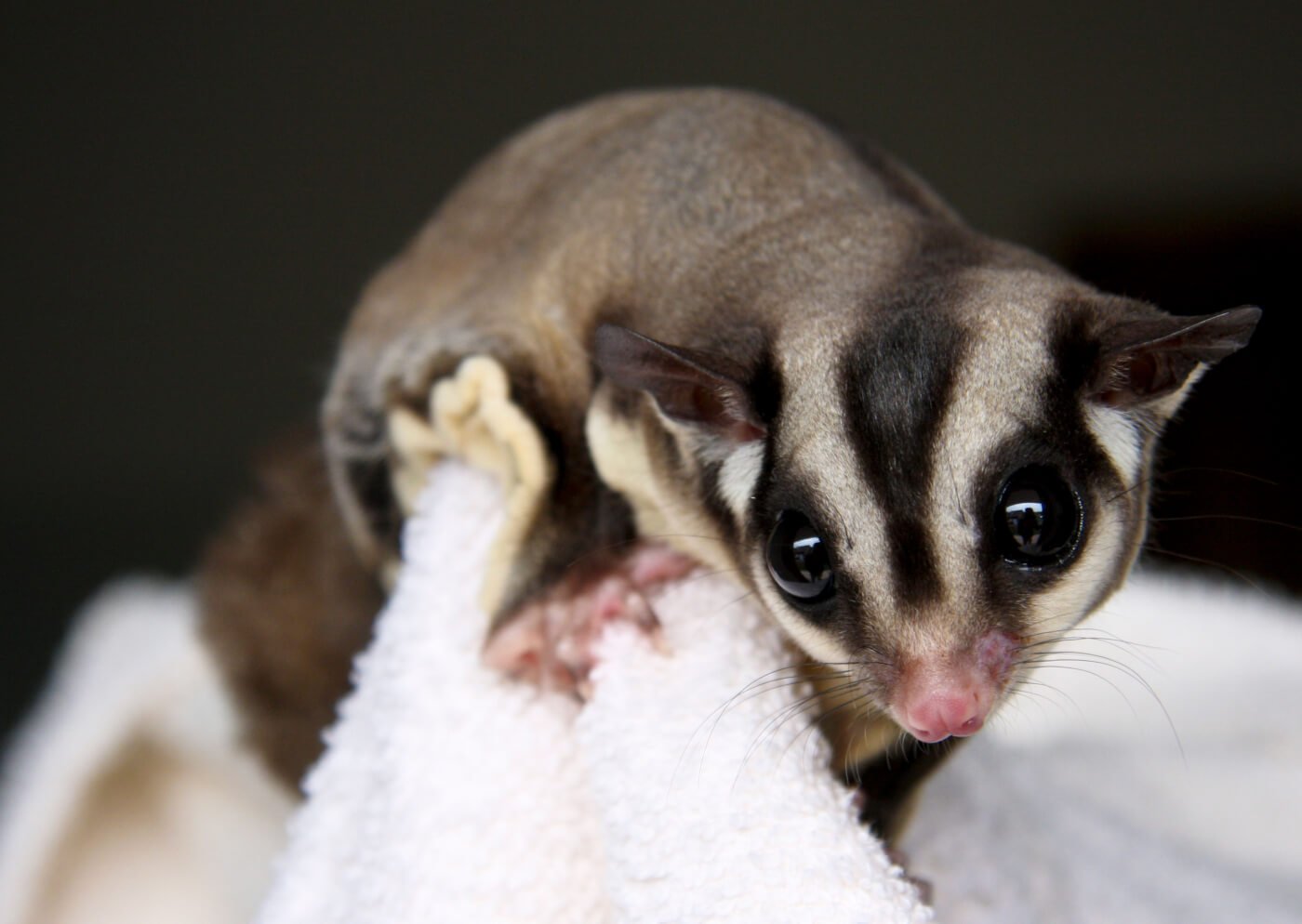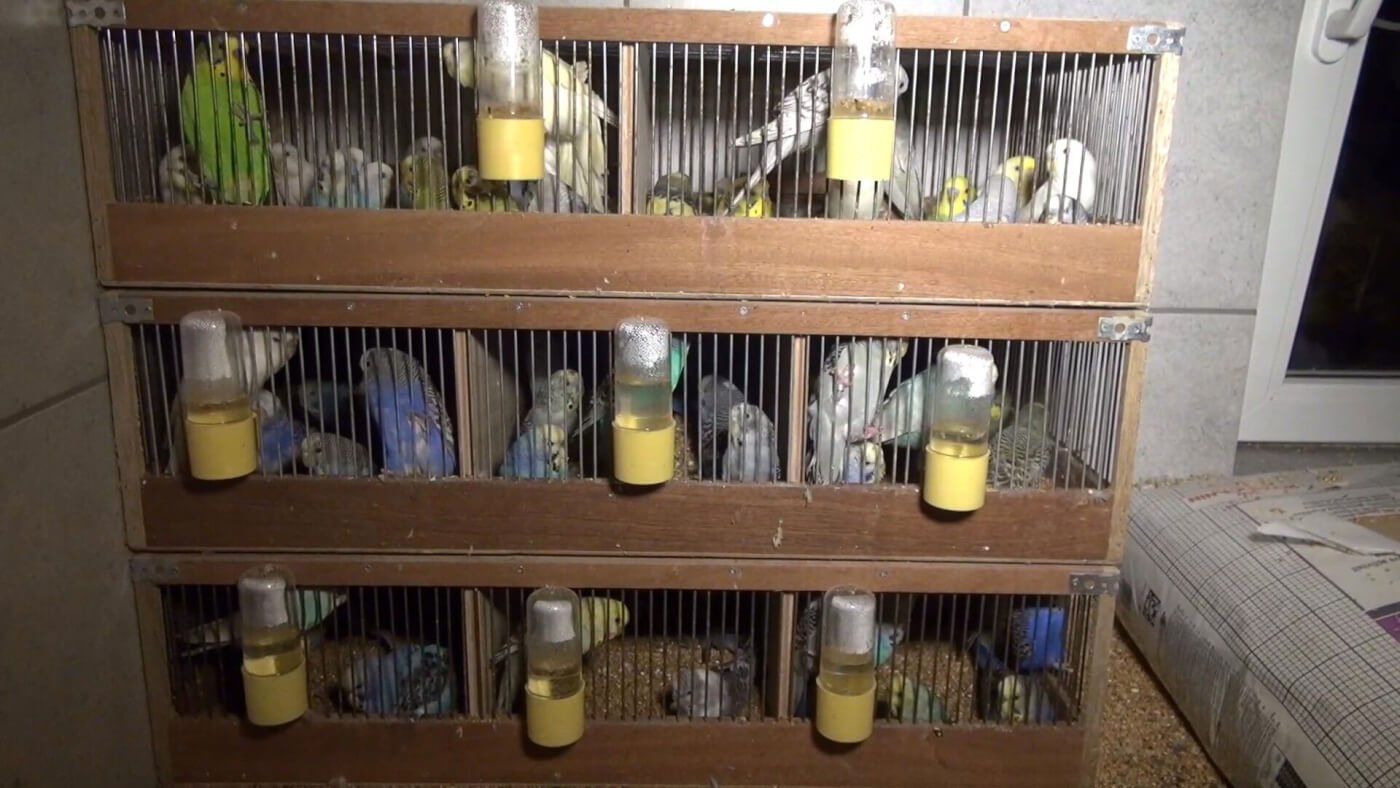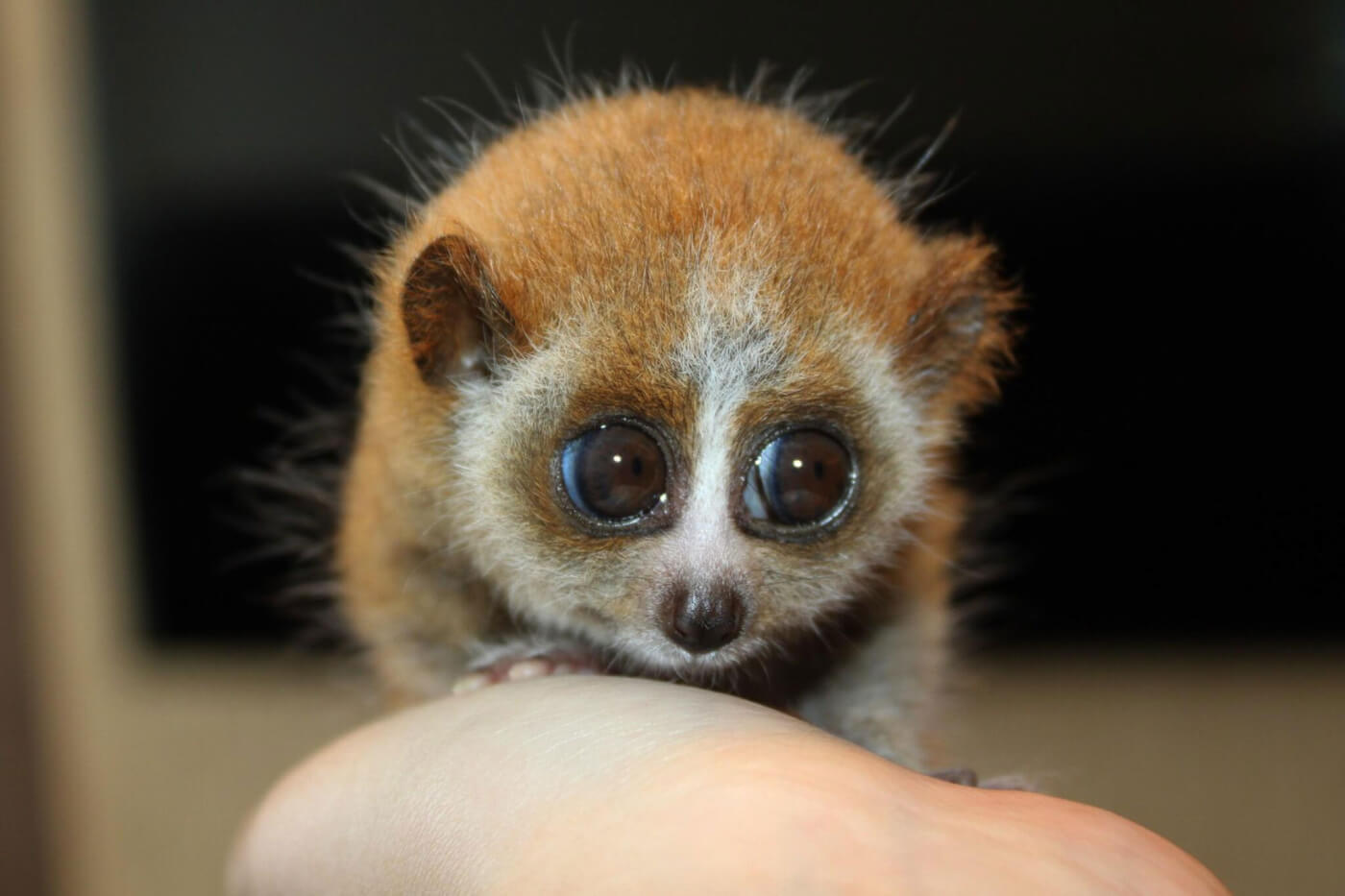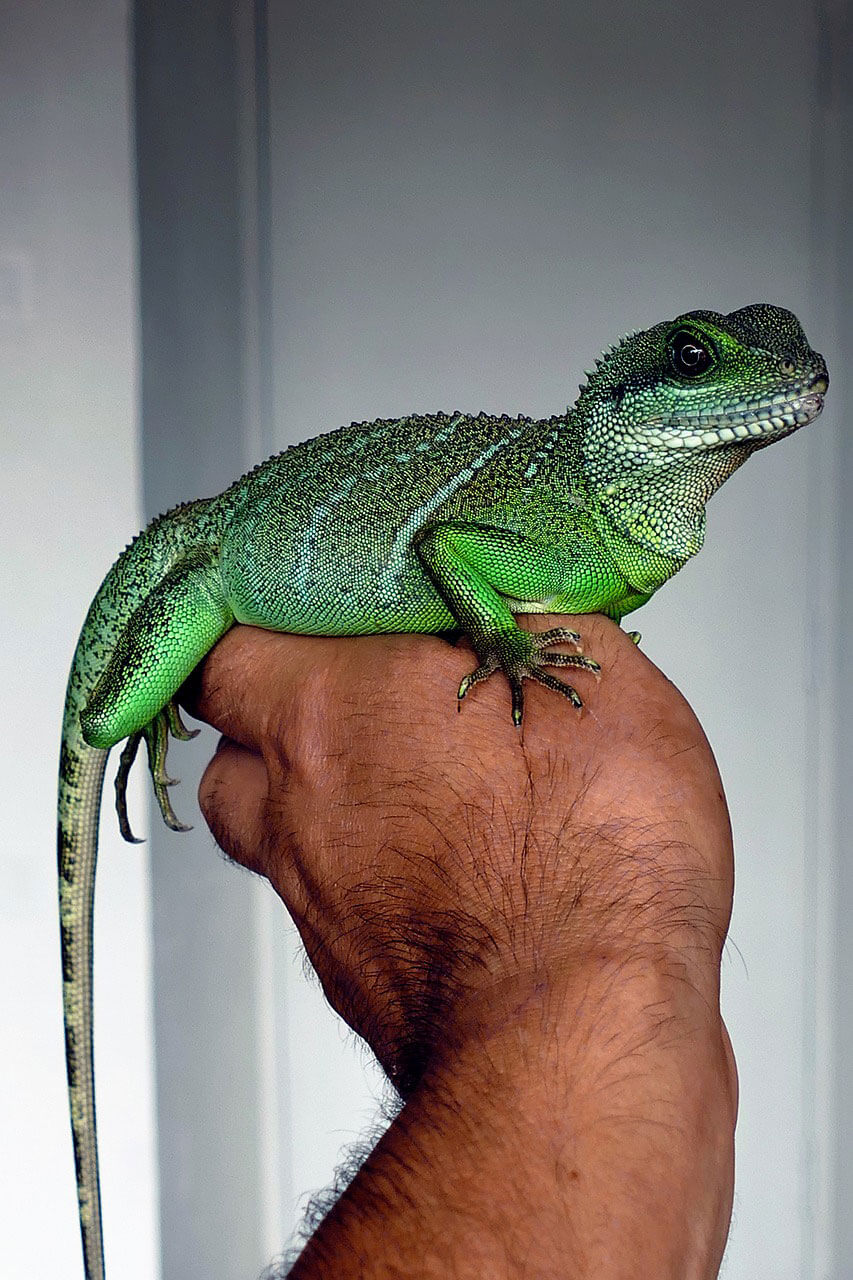Why Exotic ‘Pets’ Don’t Belong in Your Home
(Look for bold purple words throughout this feature to learn more about animals and expand your vocab! You can find the definitions at the bottom of the page.)
Sugar gliders are small marsupials native to Australia and Tasmania. They live in trees, love to climb, and glide from tree to tree using the wing-like flap of skin that stretches from their front legs to their back legs. What they don’t like is living in a cage in someone’s house. There are thousands of wild animals like sugar gliders, fennec foxes, Bengal cats, and even tigers who are kept as “pets,” even though they shouldn’t be. Exotic animals aren’t domesticated like the cats and dogs many people share their homes with.

Transportation of Exotic Animals
Exotic animals are either taken from their homes in the wild or bred in warehouses that are much like puppy mills. Because in many places, it’s illegal to transport these animals, people come up with horrific and often deadly ways to get them through airports and into America. Birds’ beaks are taped shut so they can’t cry out, animals are stuffed inside plastic tubes and put in luggage, leopard cats have been stuffed into backpacks, and one man was even found with a pygmy marmoset in his underwear. Most of these animals end up dead. A customs agent in Germany said that the mortality rate was about 80 or 90 percent.

Our Homes Are Just Not the Right Places for These Animals
Sugar gliders are nocturnal, and since humans aren’t, those forced to live as “pets” are kept awake during the day by bright lights, noise, and being handled. This disrupts their natural sleep cycle, making it very hard for them to sleep properly and lead normal lives. Because they’re very social animals, if they don’t get enough attention, they may harm themselves or die from the stress of loneliness.
Many people who have sugar gliders or other exotic animals buy them without taking the time to consider whether they can provide them with the care that they need, and no home can provide the environment that exotic animals would have in nature. Most people don’t really understand how much work it takes to care for these animals.
Exotic animals kept as “pets” can also be dangerous. Since 2000, at least four people have been killed by wolf hybrids (the offspring of a wolf and a dog). A 3-year-old was killed by a tiger who was kept by his grandfather, and in a different incident, a tiger tore off a 4-year-old boy’s arm. Everyone should know that tigers are NOT “pets.”

When It Gets Too Hard
Because these animals are so hard to care for, many people give up on their exotic “pet.” Some are just abandoned outside, even though this is illegal. Most aren’t able to survive on their own, and the ones who do can disrupt the local ecosystem and become a threat to the natural wildlife there. Some people try to take their animals to a zoo. The Association of Zoos & Aquariums said that “zoos are being asked by irresponsible owners to relocate displaced and unwanted animals … [but] because most zoos do not accept donations—there are literally thousands of exotic animals [who] remain in unsuitable conditions.” Sometimes, people just leave these animals at zoo’s doorsteps, and most end up having to be euthanized because the facilities don’t have a place for them. This problem could be prevented if people stopped buying exotic animals as “pets.”

What You Can Do
If you want to share your home with an animal and you’re ready for the responsibility, visit your local animal shelter. There are so many dogs, cats, rabbits, rats, guinea pigs, and other animals waiting for a good home, and these domesticated species all make wonderful companions.








Under 13? Ask your parents bee-fore you continue!